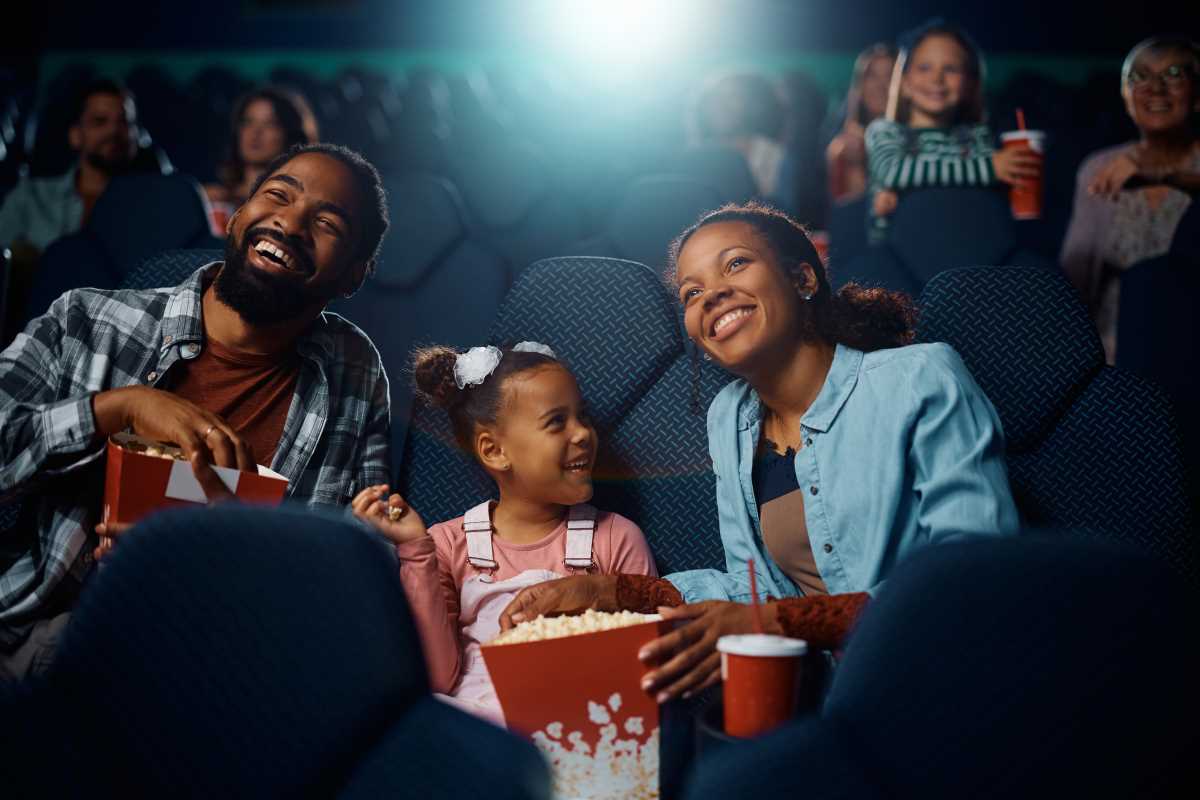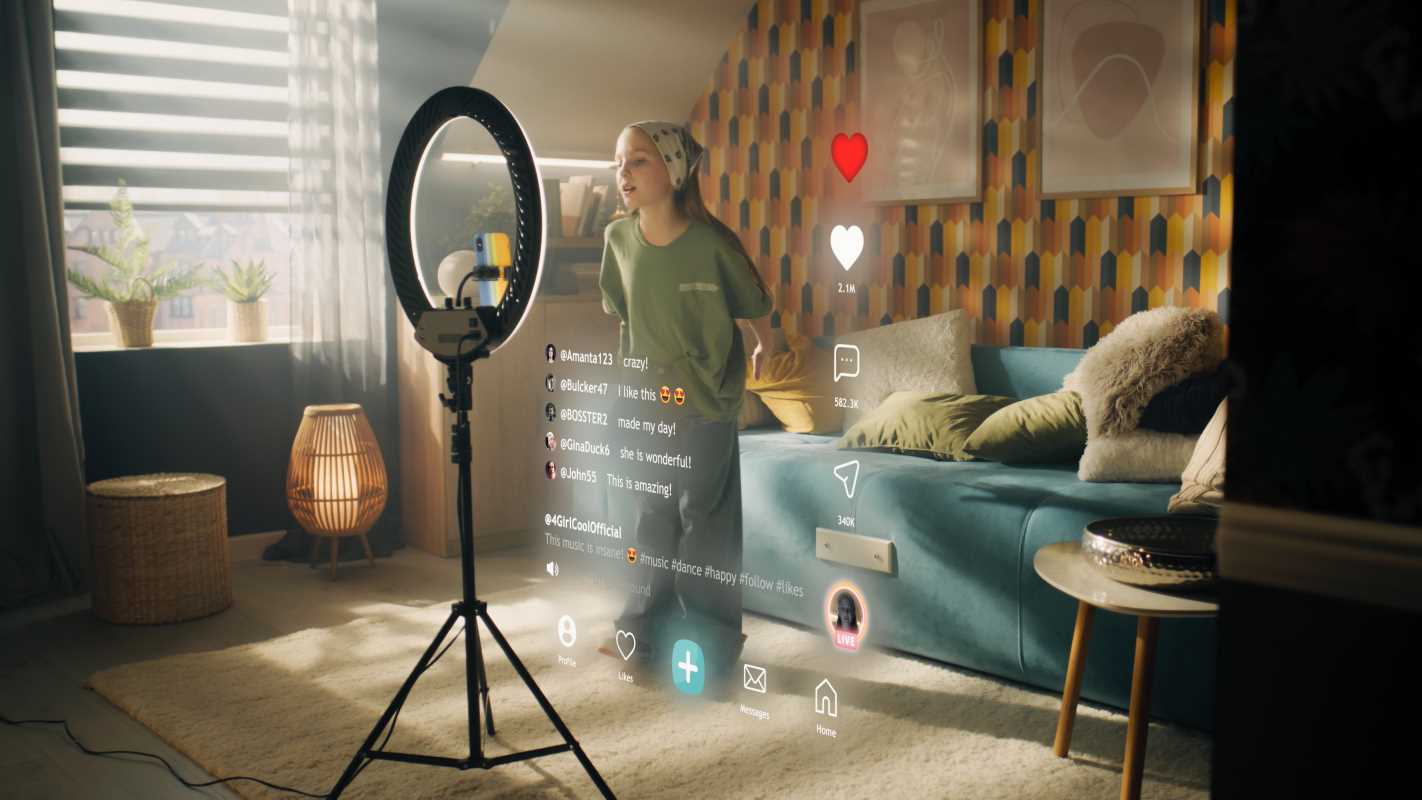Nostalgia isn’t just a feeling—it’s a movement shaping modern pop culture in ways that go beyond simple throwbacks. From the resurgence of vinyl records and VHS tapes to 80s-inspired pop music and even a new wave of “Luddite” teenagers rejecting digital life, it’s clear that people are yearning for a past they either lived through or wish they had. But is this just a passing trend, or is nostalgia a sign that we’re trying to reclaim something we’ve lost?
For many Gen X-ers and Boomers, the '80s and '90s represented a golden age of culture—when people actually owned physical things, socialized in person, and experienced entertainment in real-time without endless scrolling. As younger generations look to the past for inspiration, it’s becoming clear that nostalgia is more than just an aesthetic—it’s a response to an increasingly digital, fast-paced world that often feels impersonal. Let’s break down how nostalgia is fueling the return to physical media, shaping modern music, influencing fashion, and even sparking a tech rebellion among Gen Z.
The Return to Physical Media: Owning vs. Streaming
In the age of streaming, you’d think physical media would be dead, but instead, we’re seeing a major resurgence. Vinyl records, cassette tapes, VHS collections, and even physical movie rentals are making a comeback. Why? Because people are realizing that when everything is digital, you don’t really own anything.
Streaming services give us access to endless libraries of music, movies, and TV shows, but they also take away our control. One minute, your favorite movie is on Netflix; the next, it’s gone. A vinyl record, a Blu-ray, or even a VHS tape, on the other hand, is something tangible—something you can collect, display, and enjoy anytime you want without a corporate algorithm deciding for you.
Even CDs are making a quiet comeback as music lovers rediscover the joy of curated playlists that don’t require an internet connection. And let’s not forget books. While e-books and audiobooks are convenient, more people are returning to physical books, valuing the weight, texture, and even smell of a real page-turner over yet another glowing screen.
'80s Pop & The Rise of Chappell Roan
Turn on the radio (or more likely, your Spotify playlist), and you’ll notice something interesting: the '80s are back. Synth-heavy production, big dramatic vocals, and neon-drenched aesthetics are dominating pop music again. Artists like The Weeknd, Dua Lipa, and Miley Cyrus have fully embraced '80s-inspired sounds, and it’s resonating with listeners of all ages.
One of the biggest breakout artists to embody this resurgence is Chappell Roan. With her theatrical performances, over-the-top costumes, and bold, synth-driven pop anthems, she’s proving that the spirit of '80s pop isn’t just nostalgic—it’s timeless. Her music captures the fun, drama, and unfiltered energy that defined the era, making her a favorite among both Gen Z fans discovering this style for the first time and older generations who remember it from the first go-around.
This isn’t just about music—it’s about an entire aesthetic. The '80s represented a time when pop culture was larger than life. Think neon lights, MTV music videos, and blockbuster movie spectacles that didn’t rely on CGI overload. People are craving that same sense of excitement today, and artists like Chappell Roan are delivering.
Thrifting & Retro Fashion Trends
Fashion is another area where nostalgia is running the show. Walk into any clothing store today, and you’ll see trends that look straight out of an old Sears catalog or a '90s teen magazine. High-waisted jeans, oversized blazers, bold patterns, and chunky sneakers have all made a triumphant return.
Why? Because these styles represent more than just nostalgia—they’re a rejection of the fast fashion trends that dominated the 2000s and early 2010s. Clothes today are designed to be disposable, cheaply made, and constantly replaced. In contrast, 80s and 90s fashion had personality, quality, and an undeniable cool factor. Vintage shopping and thrift culture have exploded in popularity as people look for unique, well-made pieces that stand out from the mass-produced sameness of today’s online retailers.
The rise of “quiet luxury” and brands focusing on timeless style over fast-changing trends also signals a shift. People want clothes that last, tell a story, and make them feel something—just like their favorite nostalgic movies or albums.
Luddite Teenagers: The Digital Rebellion
One of the most fascinating side effects of nostalgia in pop culture is the rise of the so-called “Luddite teenagers.” These are young people—mostly Gen Z—who are deliberately rejecting smartphones, social media, and digital overload in favor of simpler, more offline lifestyles.
They’re buying flip phones instead of iPhones, collecting CDs and DVDs, and even choosing to read physical books rather than doom-scrolling on TikTok. Some are even forming social clubs where they meet in person instead of chatting through screens.
What’s driving this movement? A growing realization that social media, while convenient, isn’t actually making people happier. Studies show that excessive screen time is linked to higher anxiety, depression, and loneliness—something older generations never had to deal with in the same way. By stepping away from the digital rat race, these Luddite teens are reclaiming a sense of presence and real-world connection that many Gen X-ers and Boomers grew up with naturally.
This shift is part of a larger trend: a desire to experience life more authentically. Whether it’s through listening to an album on vinyl, watching a VHS tape with friends, or just hanging out without being glued to a screen, younger generations are rediscovering the value of “real” interactions over digital ones.
Why Nostalgia Matters
Some critics argue that nostalgia is just escapism—an attempt to relive the past rather than face the present. But what if it’s something deeper? What if today’s cultural revival of the 80s and 90s isn’t just about longing for a simpler time, but about reclaiming what made that time special in the first place?
Back then, people valued real-world experiences. You went to the video store and browsed for a movie instead of having an algorithm decide for you. You made mixtapes for your friends instead of sharing Spotify links. You had to call someone on the phone instead of texting three-word responses. Life was more tactile, more personal, and more human.
The return of physical media, 80s-inspired pop, vintage fashion, and Luddite teenagers all point to one thing: people are craving authenticity in a world that often feels artificial. It’s not just about looking back—it’s about bringing the best parts of the past into the present.
So, is nostalgia driving modern pop culture? Absolutely. But maybe that’s not a bad thing. Maybe, in a world dominated by digital convenience, we need a little old-school magic to remind us of what really matters. And if that means dusting off the VCR, blasting some Chappell Roan, and rocking a vintage leather jacket—so be it.



.jpeg)
.png)
.png)

.png)